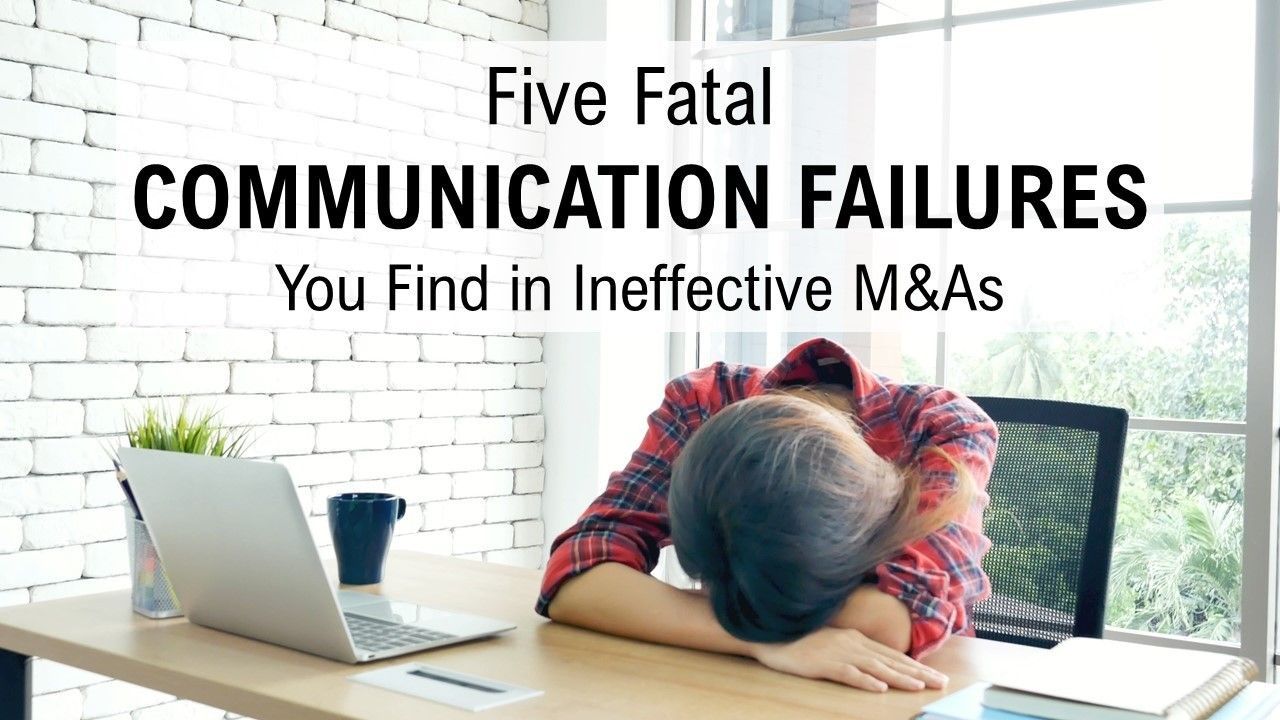The Myth of the One Great Leader
Combatting the disengagement epidemic
When it comes to employee engagement, many leaders feel they are immune because they are fun, charismatic, and gosh darn it, their people love them! But, to paraphrase a scene from one of my favorite classic '80s movies, “Most leaders think they don’t have an engagement problem, yet over two-thirds of American employees are disengaged…so you do the math.”
Undoubtedly, there are many amazing leaders who excel at engaging with their teams – I have worked for them myself! I once worked with a leader who had the entire corporate office laughing and joking with him during all-hands meetings, was on first name basis with frontline manufacturing workers when he walked the floor of the plants, and who was playfully teased with friendly memes via company-wide email whenever a Clemson Tigers vs Carolina Gamecocks rivalry game came up in the NCAA lineup.
Let me tell you -- while there may have been a few outliers, people loved this guy (even if they did not like his jerseys or his jokes)! Yet you might be surprised to learn that despite the outsized pull of this one highly charismatic leader, employee engagement levels, when measured across the company, followed the disappointing nationwide curve we explored last week...(see Disengagement Epidemic pt 1 - issue here).
Unfortunately, the impact of one highly engaging leader rarely guarantees high engagement across the entire organization. At the end of the day, people still leave their jobs because of the behaviors of their direct managers and the culture within their team, the manageability of their own workload, and their own development and growth opportunities. Believing that one individual, no matter how visible, can single-handedly sustain employee engagement company-wide not only piles an immense amount of pressure on that one leader – but it is unrealistic – and bound to fail. In fact, the only way to combat the dismal employee engagement epidemic that is sweeping the American workforce is to build a company culture that encourages and rewards desirable behaviors, company-wide, including how equitably workload, development, growth, rewards, and recognition are distributed.
This does not stop high EQ leaders with great employee engagement skills from thinking that ‘it’s easy’ and that everyone can build employee engagement as easily as they do. These leaders may mistakenly believe that how their people feel about the company mirrors how they feel about them, personally – as the company leader. Based on their many positive personal interactions with staff, these leaders may not always prioritize employee engagement and proactive culture building – assuming culture will naturally evolve according to their vision. Until they start experiencing ‘regrettable turnover’ – and by then it may be too late to hold onto their top talent.
Indeed, they are partially correct. Culture does have a way of shaping itself when left to its own devices. However, leaders may be surprised to discover the cultural elements that actually DO evolve without deliberate design or intentional messaging about the desired organizational culture. When leaders fail to actively communicate their aspirational company culture to managers and employees across the company, and to reinforce the desired behaviors that are needed to make it a reality, the actively disengaged (Remember them? These are the 17% of employees who are “quiet quitters”, expending their discretionary energy searching for new job opportunities while simultaneously spreading negativity among their peers) will gladly fill the communications void.
Enterprise-wide Systems beat Superstars when it comes to Culture Building
So, what’s the solution? How can you create an enterprise-wide culture that effectively addresses the drivers of employee engagement? Instead of relying solely on the charisma of one individual to engage the entire workforce, consider a systemic approach—one that engages people during critical moments throughout the employee lifecycle.
I often advise my clients to start with listening (BTW - this works just as well at home!). You’d be surprised how much you can learn by doing a little research to understand how people are feeling and where there are gaps between what you, as a leadership team, believe the culture should be and what is going on in the trenches. The cultural expectations of today’s workforce are vastly different than in the past, and the most direct way to understand these new beliefs is to ask – and listen to what your people tell you.
Then meet as a leadership team to develop a culture framework that captures how you would like managers and employees across the organization to behave. Be sure to discuss how people should treat each other, how they should go about fulfilling their roles within the company, and which leadership and individual contributor behaviors and competencies are necessary for continued growth, innovation, and an exceptional customer experience.
Once you have a conceptual culture framework in place, finish your design process just as you started – by introducing it to your people, and listening to their feedback…adjusting the framework based on what you learn.
Communicating the Culture You have Envisioned
Once you have a cultural design in hand, it is time to communicate it company-wide. I encourage clients to develop a creative and engaging communications plan that extends out over a year-long period of time, giving their people lots of distinctive opportunities to encounter messages about the culture in different settings and formats – including direct contact with leaders and volunteer culture champions who can put real-life context to the cultural concepts being introduced. Adding fun interactive events and ‘gamification’ to the rollout can help ensure your people stop and take notice, looking forward to events that might otherwise feel sterile and ‘educational.’
Even once the introductory roll-out campaign has run its course, my most successful clients take care to continue talking about and demonstrating this new cultural framework at all the critical moments that matter™ throughout the employee’s lifecycle, including:
Onboarding New Team Members: When new employees join your firm, their initial experiences shape their perception of the organization and its culture for the rest of their time with your firm. This honeymoon period with your new hire is the MOST open and receptive they will ever be – which means to make the most of this new resource, you need to immerse them in your desired company culture, your employment brand, connect them with quality contacts, motivate them with your mission, invite them to embrace your values, and bolster their career with you by bestowing them with a sense of belonging.
Navigating Change: During times of change, such as mergers, acquisitions, strategy rollout, introducing new leadership, restructuring or process improvement, it is impossible to over-communicate. Invest the time and energy to communicate clearly, transparently, and often enough to ensure that everyone – from your early adopters to your questioners and doubters – is on board and ready to transform together. Remember – asking questions is a form of engagement. It is when your people become silent that you need to worry.
Applauding Outstanding Culture Champions and recognizing their Achievements: Recognize and celebrate outstanding cultural and business contributions made by individuals or teams. These moments reinforce cultural messaging, reinforce desired behaviors, and build greater alignment – while also helping your people feel valued and engaged.
Building a successful culture that engages your team and helps your company thrive and grow is an evolutionary process. People change, client needs evolve, and your company’s requirements will need to change accordingly as you continue to grow. Fortunately, this listen-design-launch process for adjusting your culture according to where you are at any point in time is a step-and-repeat strategy that can help you keep your top performing talent longer and stay on top of your strategic goals.









